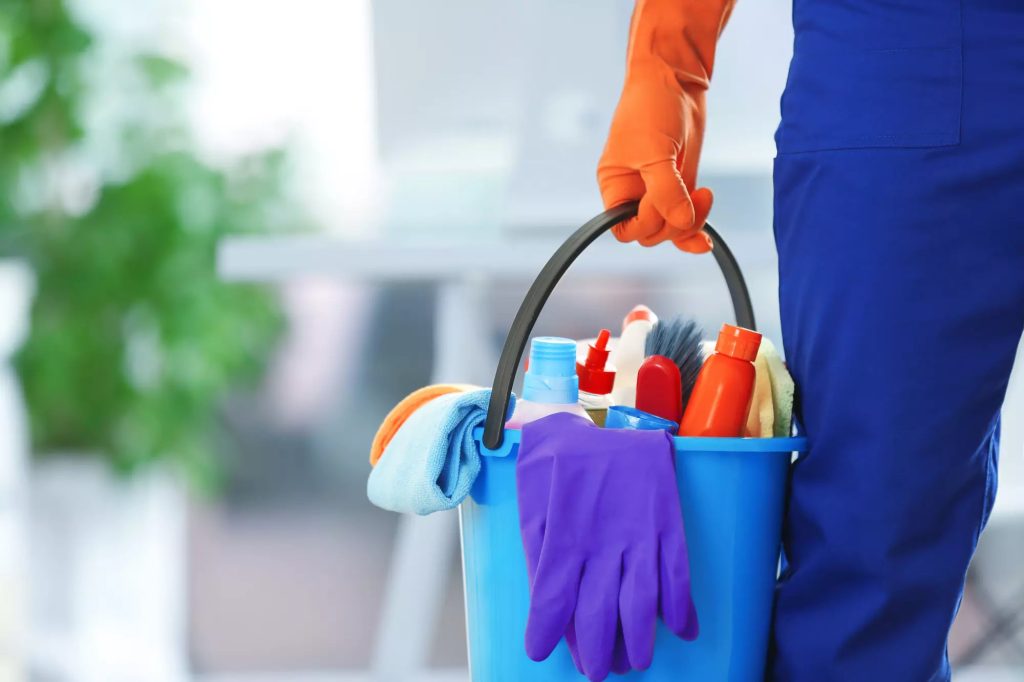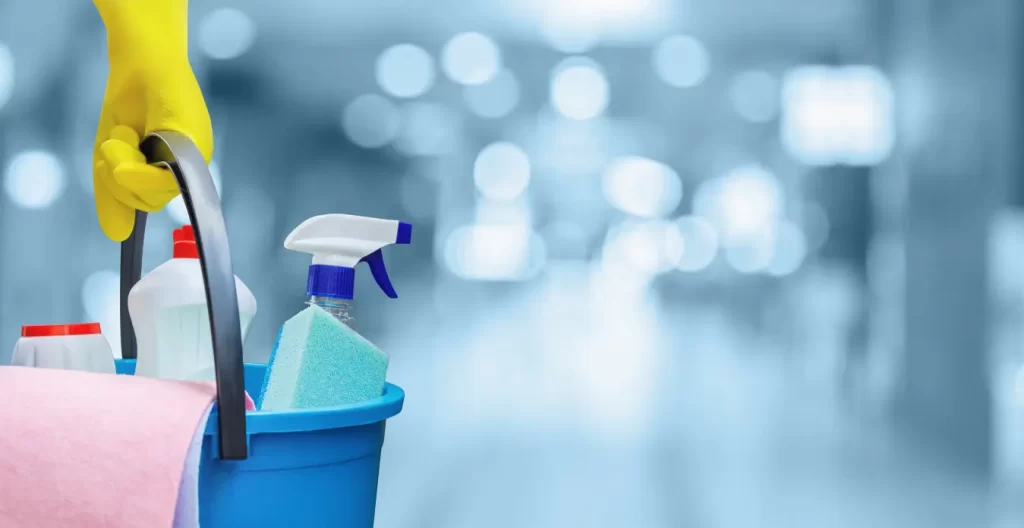
Keeping carpet cleaning is essential for the health and appearance of your home. They absorb a lot of dirt, dust, and debris that wears away at the fibers, and traps allergens.
Fortunately, there are several different methods of cleaning that can keep your carpets looking and feeling their best. These include vacuuming, spot removal, and deep cleaning.
1. Vacuuming
Vacuuming is one of the most important ways to keep your carpets clean and looking great. It helps remove dirt, dander and dust from your floor coverings to prevent the buildup of bacteria that can affect your health.
It also helps ensure that the stain removal process is successful and that your carpets are free of debris that might block stains from being removed completely. Even if you’ve had professional cleanings in the past, vacuuming your carpets and rugs a few times a week is a great way to maintain their appearance and keep them in good condition.
To be effective, vacuuming needs to be done in slow, repetitive, overlapping strokes. This enables the vacuum’s airflow and brush bar to “agitate” the dust, soil and allergens between the fibers and remove them entirely. It also provides more time for the vacuum to capture hidden, invisible allergens and particles that can impact your health.
In addition to vacuuming, a good carpet cleaner can be used to help eliminate stubborn stains. It will agitate the carpet pile, helping loosen the soil and make it easier to blot with a cloth or sponge.
A vacuum that is certified by the Carpet and Rug Institute (CRI) is tested for three criteria: soil removal, dust containment and carpet appearance retention. If the vacuum meets these standards, it’s awarded CRI’s Seal of Approval/Green Label.
When vacuuming your carpet, it’s best to use a vacuum that’s designed for the specific type of flooring you have. For instance, if you have cut-pile carpet, look for a model that has a rotating brush or a combination beater bar that agitates the fibers and mechanically loosens soil.
Using a vacuum that’s not meant for carpeting can cause damage to your floors. In addition, it can clog up and break the internal workings of your machine.
Before vacuuming, remove furniture and other items from the area. This makes it easier to maneuver the vacuum and avoid sucking up smaller objects that can clog or break the machine.
After vacuuming, make sure that the carpets are dry before attempting to spot clean them. This will help ensure that the stain isn’t transferred to other areas of your home.
2. Spot Removal
Spot removal is a type of carpet cleaning that removes spots, spills, and stains from your carpet. It is a technique that uses liquids and agitation to help lift the dirt and stains from your carpet fibers.
Different types of stains and spills require different chemicals to be removed. This is why it is important to properly identify your spot before attempting to remove it.
To determine the composition of your stain, look at the item or substance that caused the stain and its color. This will help you decide which product will be most effective for removing the spot.
Once you have identified the stain, apply a good pre-spray like Matrix Grand Slam and then a quality all-fiber rinse, such as Nyco All Fiber Rinse or Jon Don’s Carpet Cleaner. These products will typically remove 90% of the stains on your carpet.
The other 10% of stains are the ones that are difficult to remove because they are solvent-type stains, such as gum, oil, grease, paint, or cosmetics. They will typically not be completely removed by a pre-spray or a simple rinse, and if you are unable to remove them, they will need specialized treatment by a professional.
Stains made from pet urine or urine stains are especially difficult to remove because they are very deep and sticky, making them more difficult to remove by scrubbing. They are also prone to resoiling, which is the appearance of new stains in the same area of your carpet after cleaning, due to residue left behind from the detergent used during the original stain removal process.
Another problem that can recur after you have cleaned your carpet is wicking, which is the upward movement of water or solution as it dries. This can happen if the spot was too deep to be flushed from the carpet, or it could be due to moisture wicking from your new clothes that were recently purchased.
To prevent wicking, thoroughly vacuum before spotting and make extra pick-up and removal strokes with your extractor wand. If this does not stop the reappearance of the spot, call Chem-Dry for expert spot & stain removal.

3. Shampooing
Shampooing is a popular carpet cleaning method that involves using a specialized detergent and hot water to clean dirt, stains, and other debris from rugs. This process is often used in both commercial and residential settings and has proven to be effective in removing stubborn substances such as coffee, wine, ink, ketchup, pet urine, and more.
It’s a fairly inexpensive method of carpet cleaning that’s easy to use and provides excellent results on even the dingiest of carpets. It’s also an ideal option for people who aren’t very experienced in the field of carpet cleaning and need a fast and simple way to get their floors looking and smelling great.
Before you start, make sure that you have vacuumed your carpets well and that any stains are removed. You should vacuum daily to keep your carpets free of loose dirt, debris, and crumbs. This will help you avoid resoiling your carpets and will allow you to shampoo your carpets less frequently.
If you have any soiled or stained carpets, consider pretreating those spots with a carpet-stain remover before you shampoo your carpets. This is especially important for pet stains and spills that may not be easily cleaned up.
Another benefit to shampooing your carpets is that it can remove a lot of the excess dirt that’s been sitting in your carpet for a long time. It also works well to remove scuff marks that have built up on your carpet from shoes or socks.
You should shampoo your carpets at least once a year, depending on the amount of traffic they receive. Light-colored carpets that show more dirt should be shampooed more frequently, while darker-colored ones might only need to be shampooed every 18 months or so.
It’s always a good idea to follow the instructions that come with your carpet-cleaning shampooer and soap. You’ll want to pour only the amount of detergent that your carpet-shampooing machine recommends and to follow the directions on the soap bottle for adding it to the water.
It’s also a good idea to go over your shampooed carpets a second time with cold water and no soap. This will help to get rid of any leftover soap and will also help to get the carpets to dry faster.
4. Extraction
Extraction is a technique used in cleaning that involves the use of a solvent to extract something out of a mixture. It is usually used for removing stains or dirt from carpets and upholstery.
There are several types of extraction methods that can be used to clean carpets. They all have their benefits and drawbacks.
The most common and most effective is hot water extraction, also known as steam cleaning. It is a powerful method of cleaning carpets that helps to remove a wide range of stains and soil from your carpets.
It also helps to restore the look of your carpets and upholstered furniture. It is highly effective for removing grease and oil based stains.
However, it can cause damage to your carpets if it is not done properly. This is why it is important to choose a professional to perform your extraction.
A professional extractor is usually more expensive than a portable or home extractor, but it will produce a better result. It will also remove a lot more dirt and debris than a portable or home extractor.
In some cases, a professional extractor can be expensive because it needs to have special equipment and the operator has to have special training. But, if you have a very dirty and soiled carpet, it will be worth the investment.
Another benefit of an extractor is that it can be used on a lot more surfaces than a regular carpet cleaner. This means that it can be used to clean couches, chairs and other areas that are hard to reach with a standard carpet cleaner.
This is especially important if you have children or pets, as they can get into a lot of dirt and spills quickly. This is why it is vital to have a professional carpet extractor on hand to ensure that all of the dirt is removed from your carpets and upholstered furniture.
It is also important to note that extractors can be more difficult to set up and operate than a carpet cleaner, so you should only use them when your carpets need a deep cleaning. Otherwise, a carpet cleaner will do just as good of a job and save you money in the long run.
